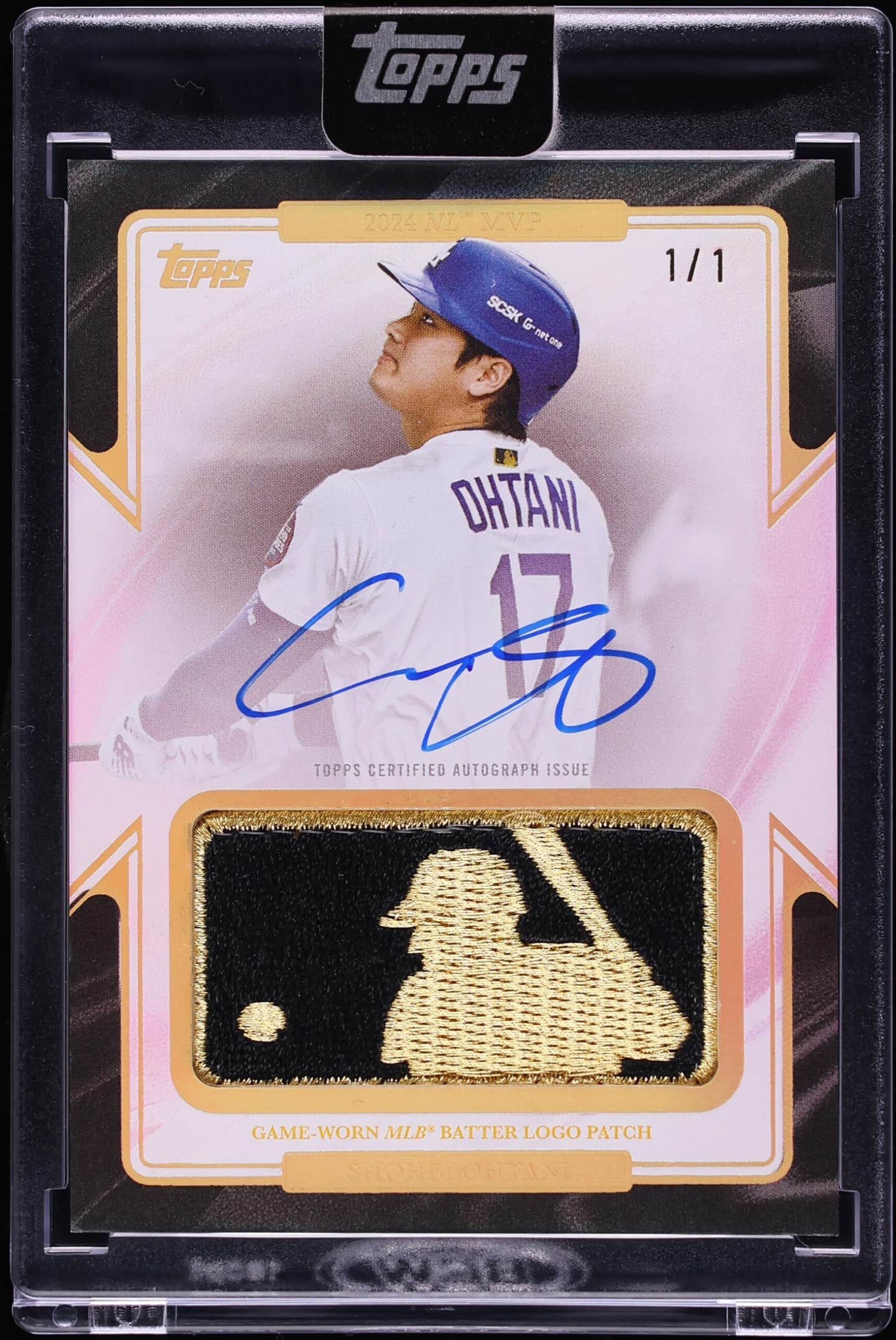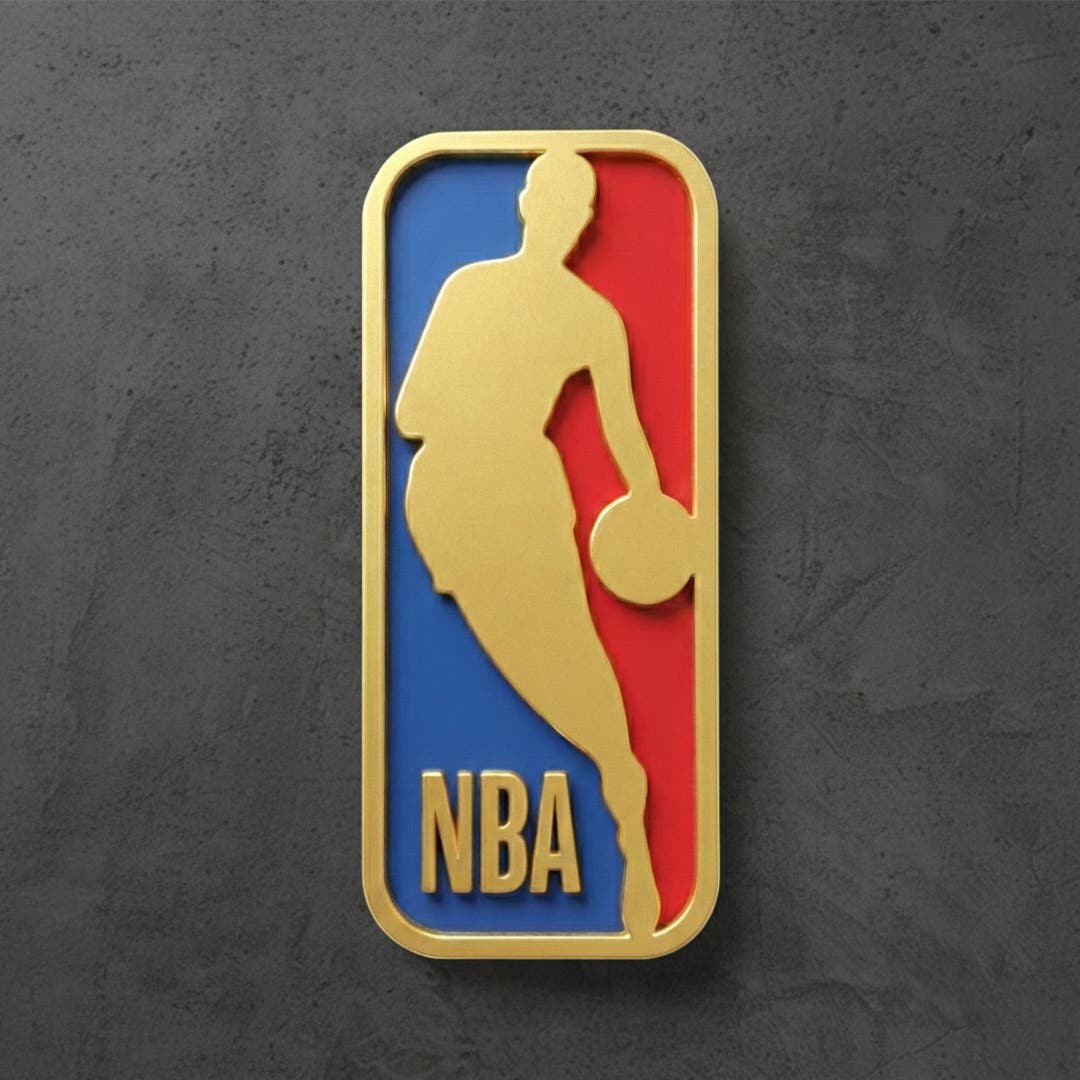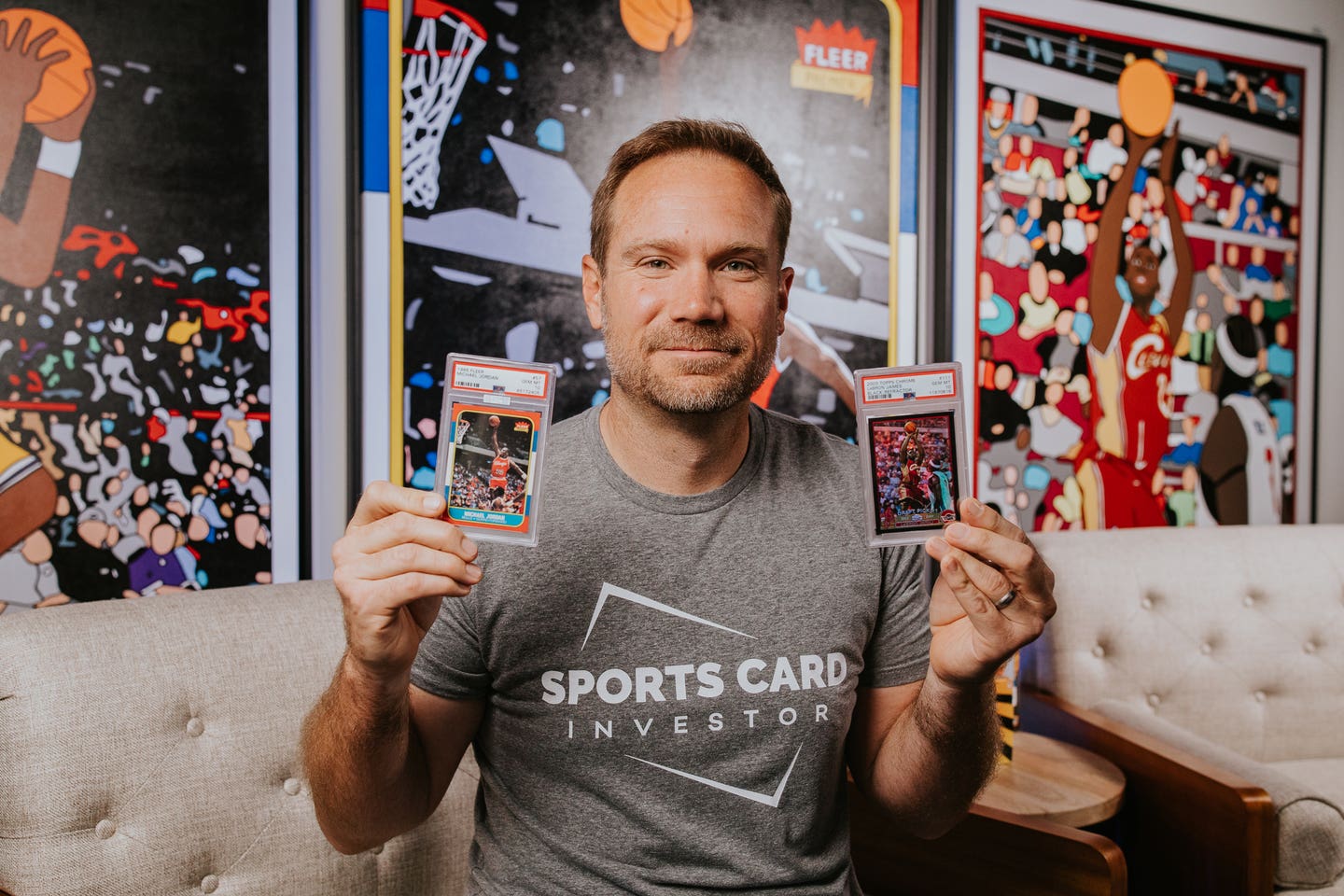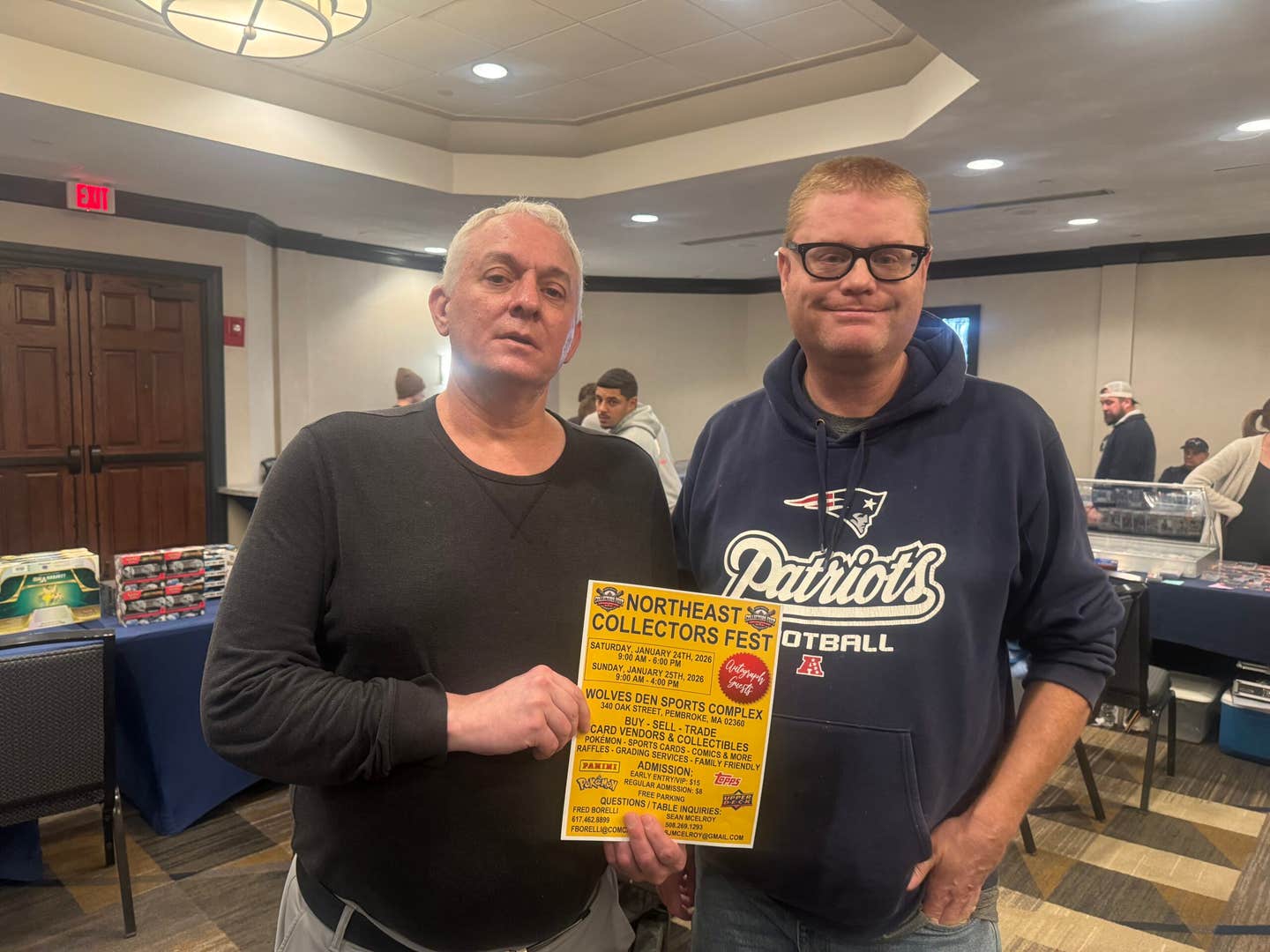News
Campanella was a Giant, Too
I can remember as a youngster when I started reading voraciously about baseball history being awed by the status accorded to Roy Campanella. Here was a man playing on the same team as the legendary Jackie Robinson, and teammates’ and sportswriters’ accounts seemed to suggest that Campanella was even more important to the staggering success of the 1950s Brooklyn Dodgers as his more famous teammate.
Indeed, there was a nearly unprecedented string of National League Most Valuable Player Awards to attest to the fact that even on an iconic ball club loaded with eventual Hall of Famers, the consensus seemed to be that Campanella was the one who held it all together.
My already considerable esteem got another boost after I read his 1959 autobiography It’s Good to be Alive (later a TV movie directed by Michael Landson and starring Paul Winfield). As a teenager, the account of his remarkable recovery from the Jan. 28, 1958, auto accident on Long Island was riveting, all the more because he was a young ballplayer, playing a game with a passion and skill that would have seemed impervious to mortal perils like traffic accidents.
But what I would learn over time was that Campanella wasn’t really young at all in January of 1958. He was approaching his 37th birthday, seemingly headed to the West Coast to be part of his beloved Dodgers, who had been moved to Los Angeles due to either the treachery of Walter O’Malley or the intransigence of Robert Moses and the burghers of Brooklyn, take your pick.
But there was to be no play for Campanella, paralyzed from the shoulders down after his car struck a telephone and overturned, breaking his neck. It was the most tragic of endings to a baseball career that had already established its Cooperstown bona fides by that time.
Campy was a veteran of the famed Negro leagues by the time he played his first game as part of the Dodgers’ organization in April of 1946, for Class-B Nashua in the New England League. The Northeast, Dodgers brass had theorized, would be a more hospitable entry point for Campanella and another Dodger star of the future, Don Newcombe.
Indeed, it would become part of the pesky mixture of fact and folklore that surrounded all of the great pioneering black players of the 1940s that their travails, while not inconsiderable, paled in comparison to the well-documented torment and abuse that Robinson was forced to confront as he broke the infamous color line in April of 1947.
Campanella followed in Robby’s footsteps, joining the Dodgers one year later. It was the beginning of one of the most successful and beloved ball clubs in all of major league history, and a squad that would remain largely intact until the momentous move west following the 1957 campaign.
Campy had first played professionally for the Washington Elite Giants in 1937 after dropping out of high school on his 16th birthday. Even as the club moved to Baltimore the following season, the teenager went right along with it, blossoming into one of the stars of the peripatetic Negro leagues circuit. He would also play in the Mexican League during World War II. awaiting a chance to play in the major leagues that had denied the opportunity to blacks since before the turn of the century.
Like so many of his brethren, Campanella made the most of his opportunity when it came along. After a solid rookie season of barely more than a half season in 1948, he was an All-Star by the following campaign, an honor he would earn in eight consecutive years. As noted, there were also those three amazing MVP seasons when he topped the 30-homer, 100-RBI and .300 batting average plateaus each time, including career highs of 41 home runs and 142 RBI in 1953.
But nearly as imposing as the raw numbers – and the unmatched National League string of pennants and World Series appearances – was the extraordinary bond that would develop between this legendary ball club and a blue-collar borough that had suffered through generations of unabashed Yankee envy.
Well, maybe envy isn’t the right word, but Dodger fans were forced to endure way too many seasons when they stomped their way through a seemingly acquiescent National League only to be often unceremoniously spanked by their uptown foes in October.
“During my 10 years in Brooklyn, the Dodgers won five pennants, finished second four times and third once,” Campanella told SCD correspondent Ross Forman in a May 29, 1992 interview only a few scant months before his death from a heart attack in June of 1993.
“And there are no baseball fans anywhere in the world like the baseball fans in Brooklyn,” he continued. “Ebbets Field was a small ballpark and it was outdated, but the fans in Brooklyn enjoyed it, and so did the players.
By the time O’Malley squirreled the team out of town following that third-place finish in 1957, there were signs of aging everywhere to be seen in a feared offensive lineup that had been together for much of the great 1949-56 run.
That powerful juggernaut had benefitted mightily from the tiny Ebbets Field dimensions; with the move to the Left Coast the team found itself playing in a facility almost obscenely ill-suited to handle baseball of almost any description, much less major league play.
Campanella, who had been the master handler of pitchers on a ball club that gained more notoriety with booming bats, never played in Los Angles; ironically, as the Hall of Famers from Brooklyn either retired or were often ignominiously traded to other teams, the new Dodger specialty would be pitching.
With Campanella by then having completed his heroic recovery and ongoing rehabilitation, the Dodgers named him assistant supervisor of scouting in 1959, along with a post as a special coach at spring training in Vero Beach. There he mentored young catchers John Roseboro and Norm Sherry.
Ironically, the Dodgers of the coming decade would rely on pitching for its bread and butter though its own four-pennant and three World Series titles in an eight-year span. Somebody helped nurture young catchers in the organization, and it was the right up Campanella’s alley, despite being known more as a slugger than as a backstop.
“Campy was a natural catcher, a born catcher. I never saw a catcher with such natural moves,” said fellow Hall of Famer and Negro league standout Monte Irvin. “He had a great arm, knew how to call a game caught with great style.”
But like all of the truly special catchers, there was that other less tangible quality that helped set him apart from his peers. “Roy was a great psychologist behind the plate. He had a certain way about him that made him a great catcher,” Irvin continued. “He was also humorous, which helped. He made you admire him.”
It was during that historic 1959 season – the club’s second out west after the traumatic move – that the Dodgers decided to honor their great former catcher with Roy Campanella Night, a star-studded exhibition game that was engineered with their old rival from the East Coast, the hated Yankees.
The Bronx Bombers won yet again, this time 6-2, but that hardly mattered in an emotional mega-event that boasted a record 93,103 fans. The proceeds from the game went to help defray his medical bills.
A coveted signature ... in two parts
As hobbyists know, there’s a kind of two-part system in evaluating Campanella signatures: pre 1958 material before the accident and post-1958, when his signing was aided by an auto-pen. A willing signer throughout his playing career, he made only a handful of appearances at card shows in the years following the hobby’s breakout in the late 1980s.
That roster includes a signing session in Los Angeles, another at Hofstra University on Long Island and another in Newark, N.J. At those sessions he actually griped the auto-pen rather than simply guiding the glove-like device. By 1992 when he made one of his last signing appearances, eager collectors were paying nearly $200 for his signature; authenticated items signed prior to the accident routinely bring thousands of dollars.
Game-used Campanella memorabilia and jerseys, to say nothing of personal items like awards and trophies from his career, can bring eye-popping numbers, as the adjacent chart suggests.
None of which should surprise anyone, since he remains nearly two decades after his death one of the most beloved players of the postwar era.
Not bad for a pioneer who seemed at first to be relegated to playing second fiddle behind perhaps the most influential player to ever put on spikes. Campy was only in Jackie’s shadow for the most superficial and capricious fans. For genuine students of the game, it was more akin to being alongside Jackie Robinson than standing behind him.








